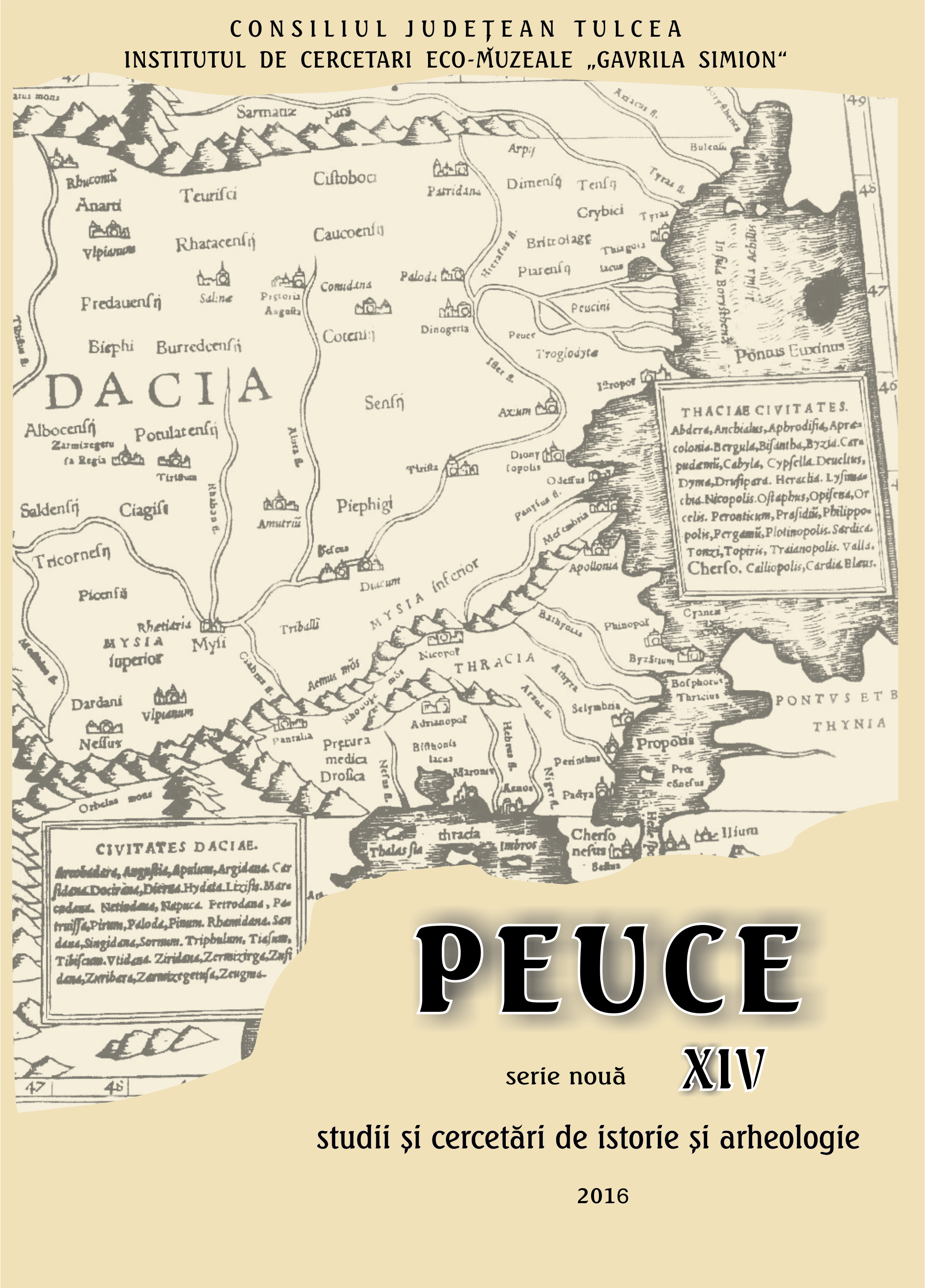Urme de violență în perioada medievală. Cimitirul Mânăstirii Sf. Sava din Bucureşti
Violent traumas in the Middle Ages. The St. Sava Church Graveyard
Author(s): Luminiţa Maria Andreica, Mihai Constantinescu, Claudia Radu, Andrei D. SOFICARUSubject(s): History, Anthropology, Archaeology, Ancient World
Published by: Institutul de Cercetari Eco-Muzeale Tulcea - Institutul de Istorie si Arheologie
Keywords: Bucharest;Middle Ages;traumas;violence;
Summary/Abstract: Archaeological surveys in 1972 and in 2010-2011 at University Square in Bucharest, Romania, led to the discovery of 688 graves in the cemetery of St. Sava Church, dated to 16th-19th centuries. The Ottoman, Tartar, Russian and Austrian invasions of Bucharest in the late and modern periods are likely responsible for the death of some the individuals buried in St. Sava cemetery.The object of this paper is the analysis of the violent injuries identified on the skeletons, detailing their type, location, distribution by sex and age, affected skeleton segments, incidence of peri- and antemortem traumas. The results of these observations were compared to data from other sites with similar temporal and geographical features as to ascertain the possibility of a distribution pattern of the traumas depending on type, sex and age of the individuals etc. Male individuals account for greater number of injuries compared to the females, leading us to the conclusion that men were the main target of the attacks.The demographic profile of the individuals that suffered violent traumas (peri- or antemortem) also shows higher incidence for 30 to 49 year olds and absence of “defensive” injuries on the limbs for most analyzed individuals. Given these observations, we conclude that most of the individuals were civilians who fell victim to military violence during the invasions or to sporadic civilian attacks.
Journal: Peuce (Serie Nouă) - Studii şi cercetari de istorie şi arheologie
- Issue Year: XIV/2016
- Issue No: 14
- Page Range: 371-403
- Page Count: 33
- Language: Romanian

